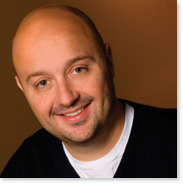Have you been keeping your eye on the revival of Duane Eddy’s career? I have, largely because he owes it all to Sheffield, and specifically to Richard Hawley, singer/songwriter, guitarist, former sideman in Pulp, and connoisseur of all things Sheffield, especially Henderson’s Relish. More of that later.
However, now that Eddy’s been to Sheffield it appears he’s found his inner foodie, and he’s a locavore too. Here he is interviewed on the Quietus website:
“There's a pub called the Strines Inn, up on the moors above a reservoir with peacocks running about the place. We had a great meal there and they had a huge Yorkshire pudding, so I ordered that with the home-made chilli in it, like it was a big bowl. The chilli was amazing, as good as any I've had in Texas or anywhere else.”
The Strines Inn: I know it well. Everybody who’s ever lived in Sheffield knows it, though I don't remember any peacocks.
I love his enthusiasm, but having grown up eating my mother’s Bakewell tarts, I really don’t see what’s so great about them. Maybe a tart is always without honor in its own county, although we were in Yorkshire and Bakewell's in Derbyshire, but nah, I'm trying too hard.
And now I discover two things, first that there are Henderson's flavor crisps available in the UK, and secondly, as I look around my kitchen I see that my own supply of Henderson’s is getting low (see below). Maybe it’s time to visit Sheffield. Maybe I’ll run into Duane Eddy.














































